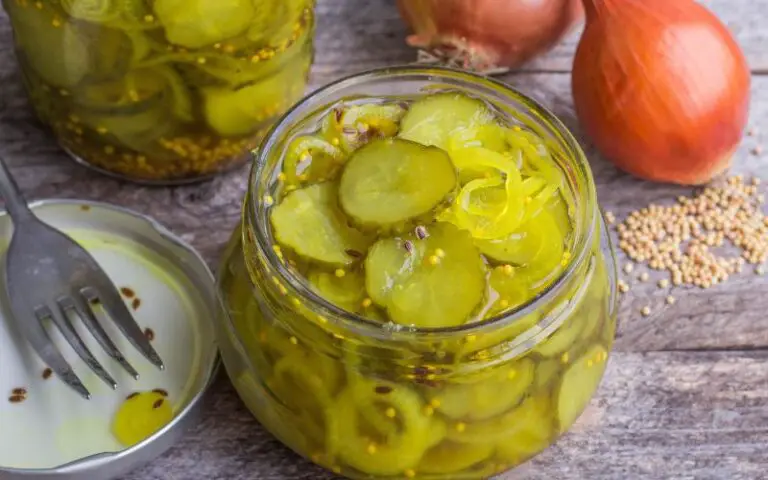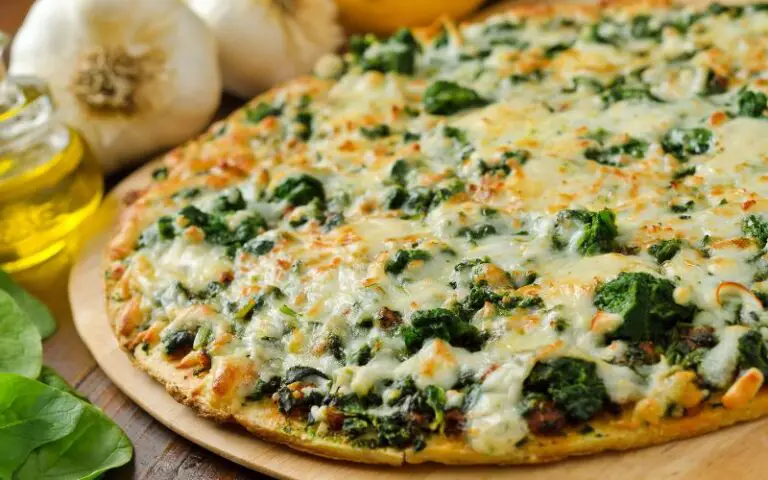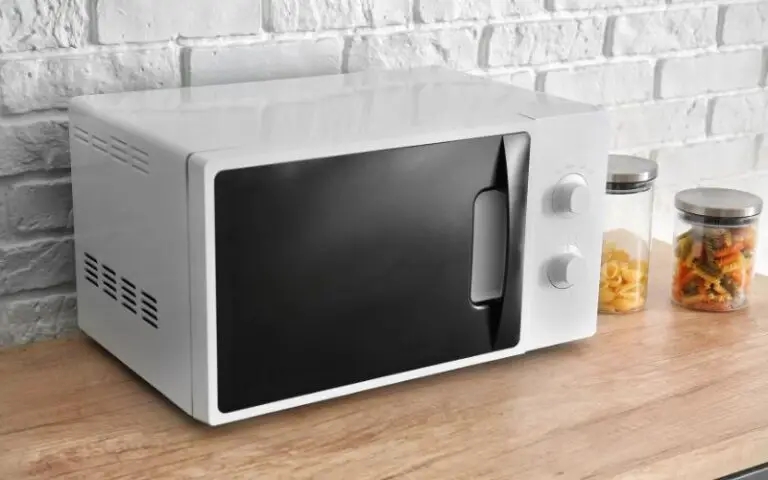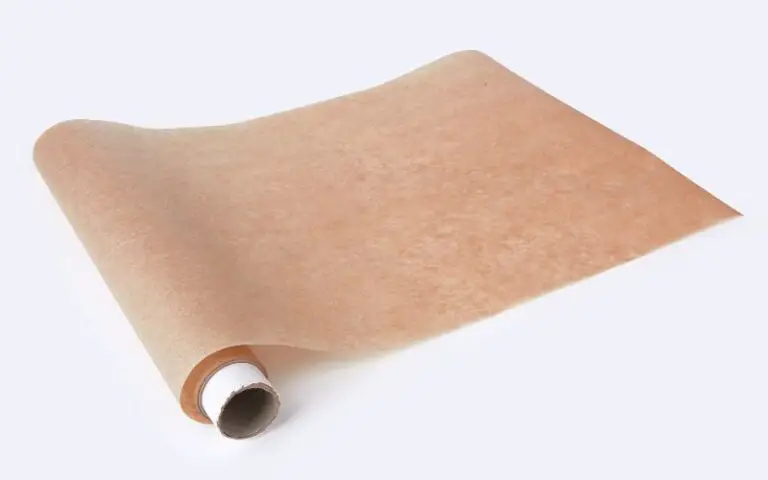Ooni Pizza Not Cooked In The Middle? (Reasons & Solutions)
Last updated on September 11th, 2023 at 02:13 pm
Everyone loves a well-cooked crispy pizza, cooked so well that it melts deliciously with every bite.
However, it’s not an uncommon occurrence when preparing Ooni Pizza that the middle is undercooked or worse, uncooked.
This occurrence has plagued many people before, but I assure you that your troubles with Ooni Pizzas will end after this read.
The most common reason why Ooni Pizza is uncooked in the middle is placing it too far inside the oven. There, the innermost part of the oven is very hot, and the outer parts of the pizza get cooked quickly. Thus, the outer portion begins to burn before the center gets cooked enough.
Common Causes Of Ooni Pizza Not Cooked In The Middle?
Besides placing the pizza dough too far inside the oven, there are other reasons why you’re having trouble with uncooked pizzas. They include:
#1. Using a Thick Dough
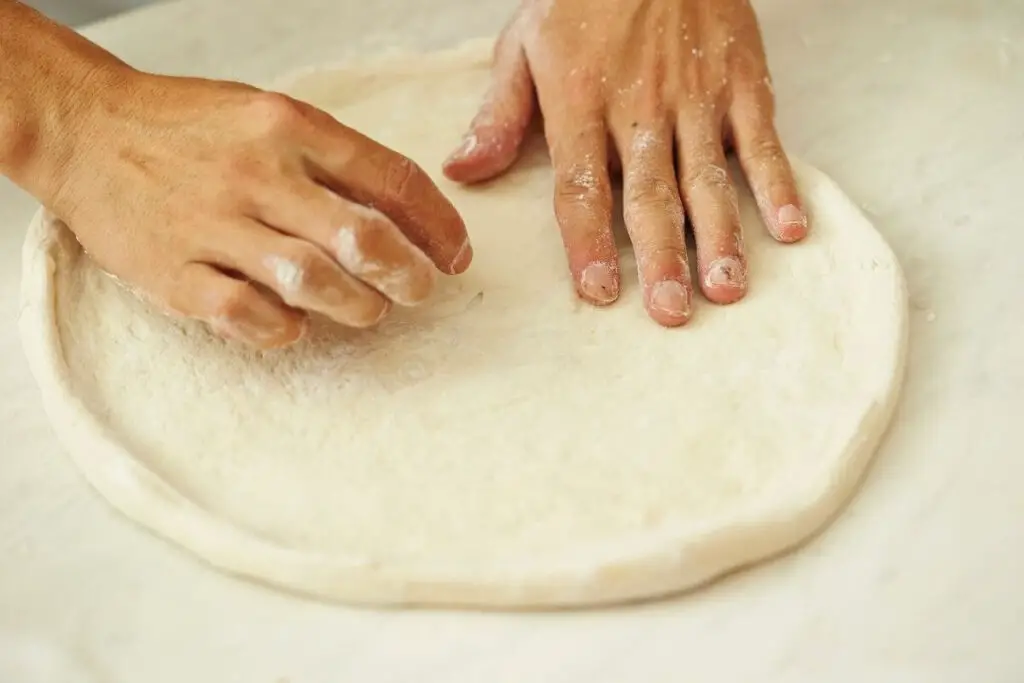
Too many times, the dough ball is too thick. Usually, because the dough wasn’t threaded enough to a sufficient size.
Therefore, the crust is too thick that the oven heat cannot penetrate through the entire substance of the dough to bake the center.
Consequently, you end up with a pizza in which the middle is uncooked. If you persist in cooking a thick dough, you end up with a pizza with a seriously burnt crust.
And honestly, this won’t sit well with your taste buds.
#2. Not Preheating the Oven
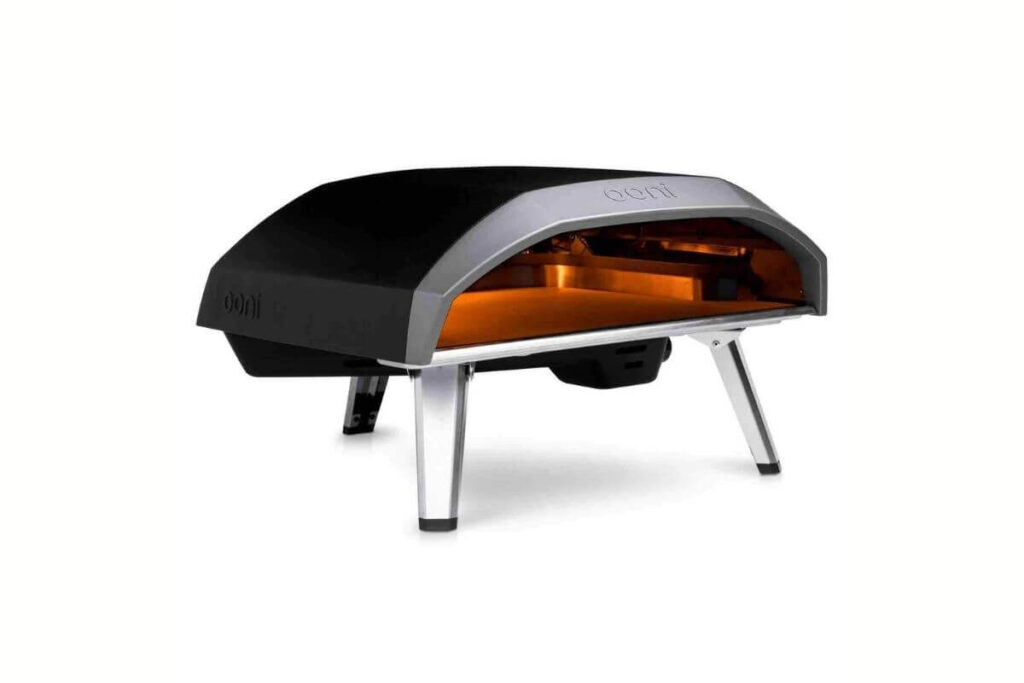
When you do not preheat the oven before placing the dough ball, the crust will likely get burnt before the middle gets cooked.
#3. The Oven is not Hot Enough
Sometimes, it could be that the oven is not sufficiently hot for the dough ball to be cooked in its entirety.
#4. The Pizza is Overtopped

Another reason your pizza is not cooked in the middle is overtopping the pizza.
Usually, this comes in the form of excessive cheese, sauce, tomatoes, or any other toppings you can think of.
The mechanism through which pizzas get crispy is the evaporation of the moisture within the pizza.
If the topping layer is too thick, some of the water gets trapped under the thick topping late, making it difficult for the dough ball to cook well.
#5. When the Baking Time is too Short
Generally, in baking pizza, the aim is to bake at a higher temperature to decrease the baking time.
The aim should not be to increase the baking time. However, this does not mean the time should be too rapid so that the middle is uncooked or undercooked.
You want to bake a charred and crispy pizza crust, but this won’t be the product if the time is too short.
Why Is My Ooni Pizza Soggy?
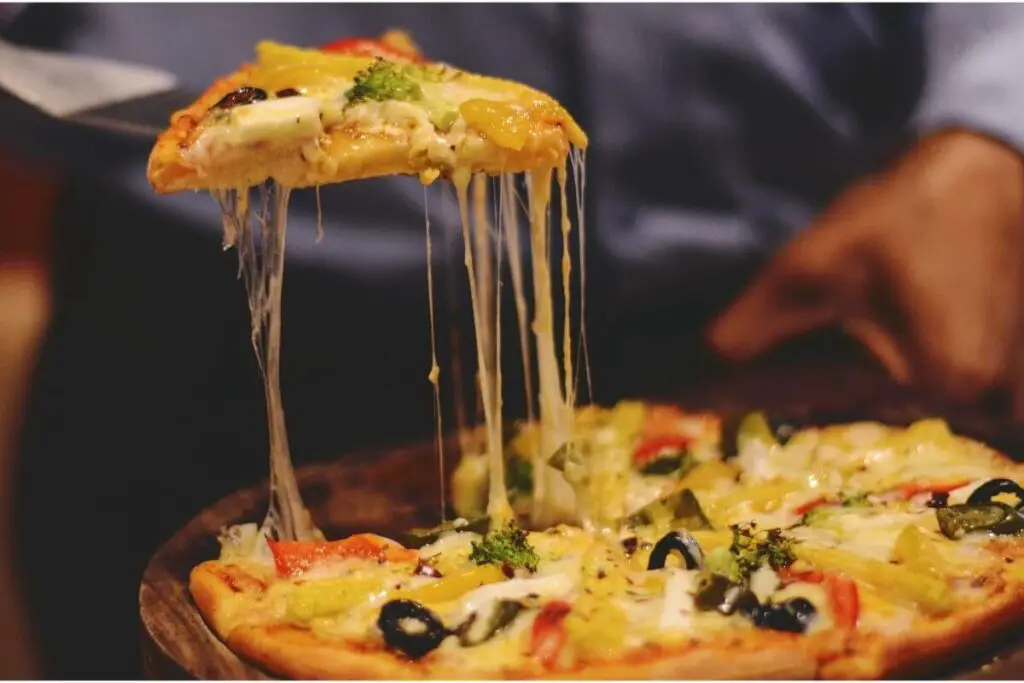
Just like an uncooked pizza in the middle, several reasons can cause your Ooni Pizza to be Soggy.
Some of these reasons include a watery sauce, baking without a pizza stone, excessive toppings, insufficient oven time, and so much more.
Baking a soggy pizza is a very common problem. Everyone trying to make homemade pizza encounters this at some point, especially when new to this art.
Many of the causes intertwine with those causing an undercooked or uncooked middle.
The possible reasons why your Ooni Pizza is soggy are explained below.
- When you use wet, fresh mozzarella: Such mozzarella is made suspended in the liquid instead of grated, sliced, and dried. Since it contains much more water, it gets released during baking. Therefore, you always get a pizza base and topping that’s wet and soggy.
- The dough was not cooked long enough: Meaning that you took it out too early.
- You didn’t cook it on pizza steel or stone: Using pizza steel or stone helps the base cook faster than when it’s not used. This fact is especially true for the steel type. The pizza steel transmits heat from the oven to the base of the dough faster, ensuring it bakes in less time than usual. Thus, if it is not used, it’s very likely that the pizza base isn’t well-cooked before you remove it, making it soggy.
- The sauce you used was too watery: When the sauce is too watery, the dough ball won’t dry up completely, so you end up with a soggy pizza that won’t give you as much satisfaction.
- The toppings were too much.
- The toppings you used released too much water: If your toppings contain too much water, this will get released into the dough, making it difficult to get dry and crispy.
- You left the sauce to stay on the base longer than necessary.
- The base of the pizza dough was excessively thick: If the base of the pizza dough is too thick, it interferes with heat transmission from underneath. Thus, the pizza will be soggy and wet.
Why Is My Pizza Wet In The Middle?
A pizza wet in the middle is a Pizza that has not been cooked in the middle and can also be referred to as a soggy Pizza.
Therefore, the same things that lead to a soggy pizza will also make your pizza wet in the middle. They include:
- Using wet mozzarella
- Using sauce with too much water
- Using too many toppings
- Using a low temperature
- Not preheating the oven
How To Avoid Uncooked, Soggy, And Wet Pizza?
Eating uncooked pizzas is not healthy at all. Especially because the raw flour contains some bacteria, which will cause food poisoning when the dough is not sufficiently cooked at a high temperature.
Also, the taste is far unsatisfactory compared to a properly cooked pizza.
Therefore, to mitigate this, here are the best tips to remedy uncooked, wet, and soggy pizza:
#1. Use Less Topping
When it comes to pizza toppings, more is truly less. While many imagine that they get a better taste by using more toppings, they actually reduce the pizza quality when they become excessive.
#2. Higher Temperature, Lesser Baking Time
There is a direct correlation between the baking time and the baking temperature within the oven.
The higher the baking temperature, the faster the baking. This means that less time the pizza dough will spend in the oven.
The secret to having a crispy and dry pizza is to bake it at a high temperature in a hot oven.
This way, the pizza crust is well cooked, and the middle is light and soft, giving you a splendid taste. Pizzas are best baked with reflected, radiated heat from the ceiling cooking the top.
The base is baked by being in contact with a hot surface. All these heat interactions interplay to give you the very best results.
#3. Use a Baking Steel or Baking Stone

Unlike the conventional baking sheet, I recommend using baking steel or stone to get the best baking possible.
Using Baking sheets simply stated won’t give you the best results simply because it’s not getting hot enough.
When you place the baking sheet, which is cold inside the oven, it needs to heat up first before baking the pizza base, which does not yield the best results.
Additionally, because the sheets are usually made of aluminum and thin, they don’t retain heat.
Therefore, many times you end up with undercooked pizza. However, with pizza steel or pizza stone, this problem is addressed.
They retain and conduct heat to the pizza base, ensuring that the baking is tremendously fast.
#4. Preheat your Ooni Oven
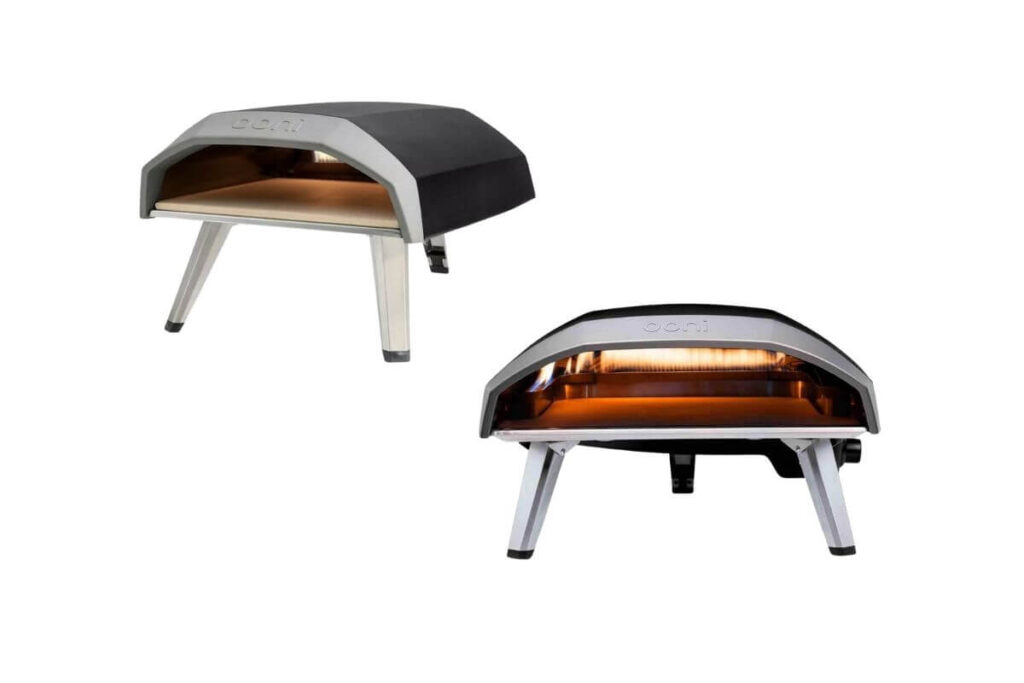
Before you begin baking, it’s pertinent that you preheat your oven first before putting your pizza dough inside.
You should turn on the oven and leave it on for about 15 to 20 minutes to become sufficiently hot for the baking stone or baking steel.
It should be at the highest temperature, which is about 500°F. Once the baking steel or stone is hot enough, you can introduce the baking dough into the oven.
You should also ensure that you lower the baking temperature to the lowest value right before you place the dough in the oven.
However, In order to measure the ooni pizza oven temperature, you need a thermometer.
Doing this will ensure that you don’t burn the upper part of the dough before the bottom is well cooked.
You should leave it low when the pizza is in the oven. When you’ve removed the cooked pizza, you should ensure that you return the temperature to high before putting the next one in.
Doing this will allow the baking stone to heat sufficiently enough in between baking.
When cooking your pizza, you should turn it in every 10 to 15 seconds until the pizza is thoroughly cooked.
#5. Knead the Dough Properly
When kneading the dough, you should ensure it doesn’t weigh too much, and the size is not too thick.
Generally, as a guide, I recommend a weight of 200 grams with a size of about 10-15 inches. The reason is that the thinner the dough, the easier and faster the dough gets cooked in its entirety.
Conclusion
Pizzas with the middle not cooked can turn on one’s side when making pizza at home, especially for newbies.
Most times, the problem isn’t far-fetched, and if you’ve followed this article closely, you’d have figured out what you’ve been doing wrong.
Now, all you need to do is follow the suggestions I’ve made, and soggy pizza would be a thing of the past.

